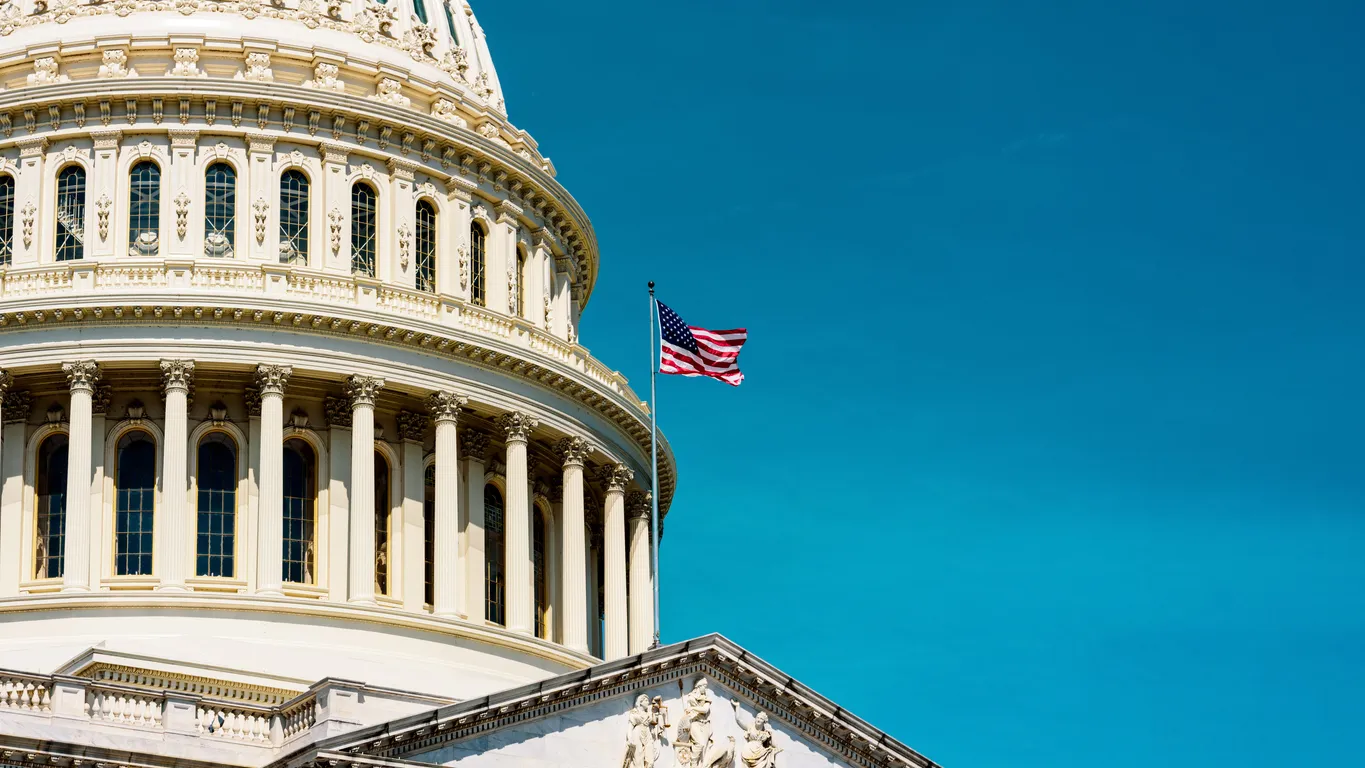On August 7, the United States imposed a wide-ranging series of tariffs on imports from almost 70 countries, with rates varying between 10% and 41%. Independent retreaders in the USA may be interested in the updates below.
Tariffs Extended to Nearly 70 Countries
Canada now faces a 35% tariff, while Brazil has been hit with a 40% duty, effectively rising to 50% once the new 10% baseline tariff is included. The steepest rates have been assigned to Laos and Myanmar at 40%, and Syria at 41%.
India is subject to a 25% tariff under the new rules, which is scheduled to increase to 50% on August 27. President Donald Trump stated that the move was a direct response to India’s continued purchases of Russian oil during the conflict in Ukraine.
A temporary exemption applies to goods shipped by sea before August 7, provided they arrive in the US by October 5. The measures represent one of the most extensive single-day tariff expansions of the Trump administration.
US Extends Pause on Higher China Tariffs
On the same day, Trump signed an executive order extending a pause on sharply higher tariffs on Chinese imports for another 90 days. Without the extension, tariffs on certain Chinese goods could have risen as high as 245%, with China threatening retaliatory duties of up to 125% on US exports.
Currently, US exports to China face tariffs of roughly 30%, while imports from China carry a 10% baseline tariff and an additional 20% penalty linked to US allegations of fentanyl smuggling.
IRS Guidance on the One Big Beautiful Bill Act
The Internal Revenue Service (IRS) has confirmed that, as part of the phased implementation of the One Big Beautiful Bill Act, there will be no changes to individual information returns or federal withholding tables for Tax Year 2025.
Forms W-2, 1099, 941 and other payroll-related filings will remain unchanged, and employers are instructed to continue using current reporting and withholding procedures. The IRS stated that the decision is intended to avoid disruption during the 2025 filing season while allowing time for businesses and tax professionals to adjust to future changes.
Looking ahead to 2026, the agency expects to issue updated guidance and forms, including revisions to the way tips and overtime pay are reported.
Student Loan Repayment Support Extended
The IRS has also reminded employers that educational assistance programmes can continue to be used to help employees repay student loans through 31 December 2025. Employers may contribute up to USD 5,250 annually per worker toward student loan repayment without the amount being treated as taxable wages. This provision, originally expanded during the pandemic, allows such contributions to be included as part of broader educational assistance schemes. Something that may be of interest to small independent Retreaders.
TIA Launches QR Code for Right-to-Repair Reporting
The Tire Industry Association (TIA) has introduced a new QR code linking directly to its “Right to Repair – Report Your Issue” webpage, enabling shop owners and technicians to quickly report instances where they encounter barriers to diagnosing or repairing vehicles.
The form collects details including vehicle make and model, the type of repair attempted, diagnostic access, and any barriers encountered, such as unavailable OEM documentation or refusal to sell parts. TIA has emphasised that all submissions will remain confidential, with no identifying information disclosed when case studies are presented to policymakers.
The association hopes the initiative will provide critical data to support its ongoing campaign for repair rights, particularly as reports increase of automakers restricting access to diagnostic and telematics information.







